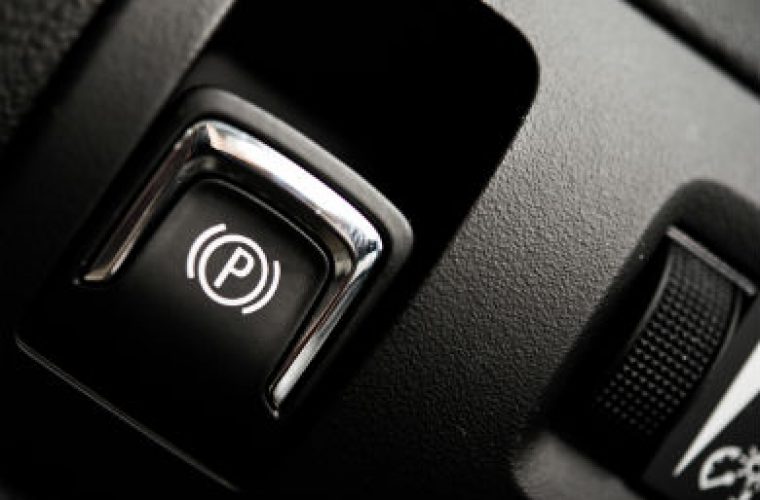The rise of the electronic parking brake (EPB) has led to an increase in the number of errors made when changing pads with some resulting in injuries to those replacing them, according to brake friction specialist Mintex.
Lawrence Bleasdale, strategic sales director at Mintex, said: “With the many benefits of an EPB system, it’s no real surprise that it is becoming a standard fit in most vehicles.
“To safely and correctly change the pads on a vehicle equipped with an EPB, an electronic service tool must be used to help calibrate the brakes.
“Through a diagnostic command, the park brake is opened and is inoperable.
“Once this procedure has been completed, it is safe to work on and the pads can be removed.”
Lawrence warns that having the ignition on and the driver’s door shut does not open the mechanism.
All this can do is put the park brake into the ‘off’ position, as though in normal use.![]()
Trapped fingers
“However, in this condition, incidents have been noted where vehicle doors have been opened during repair work, causing the electronic parking brake to activate, closing the brake and trapping the fingers of the technician working on the vehicle’s brakes,” he adds.
When the caliper has been opened, you may still need to manually push the piston back, just as you would with a front caliper, before fitting the new pads.
“Ignore the fact that there may be keyways on the face of the piston.”![]()
Specialist equipment
“You should never manually try to wind back the piston.”
Without the correct use of specialist equipment, the rear brake will be seriously compromised, making it unable to function correctly.
The incorrect use of specialist equipment could also lead to a braking imbalance and serious damage to the brake caliper.
Lawrence says this will not only impact the braking performance, but will ultimately affect the pocket of the customer or the garage, as it will need replacing or fixing.![]()
Non-conductive grease
“Always use non-conductive grease on the pads and moving parts,” he adds.
“We recommend using Mintex Cera-TEC Advanced Lubricant to grease the pads, as it’s a non-conductive product.
“Other greases may use copper paste, which can negatively affect the vehicle’s ABS. After re-assembly and closing, you must perform the calibration sequence.
“This sets up the air gaps correctly and the torque setting on the electric motor for when the parking brake is fully applied.
“Without calibration, the monitoring functions will not operate correctly.”
There is an increased amount of pressure on garages to turn cars around quickly, however, trying to find shortcuts can often lead to serious injuries and cause more work in the long-term.
As the automotive industry continues to evolve, it is more important than ever that garages keep ahead of best practice procedures.
For further information about Mintex follow the ‘more details’ link below.







